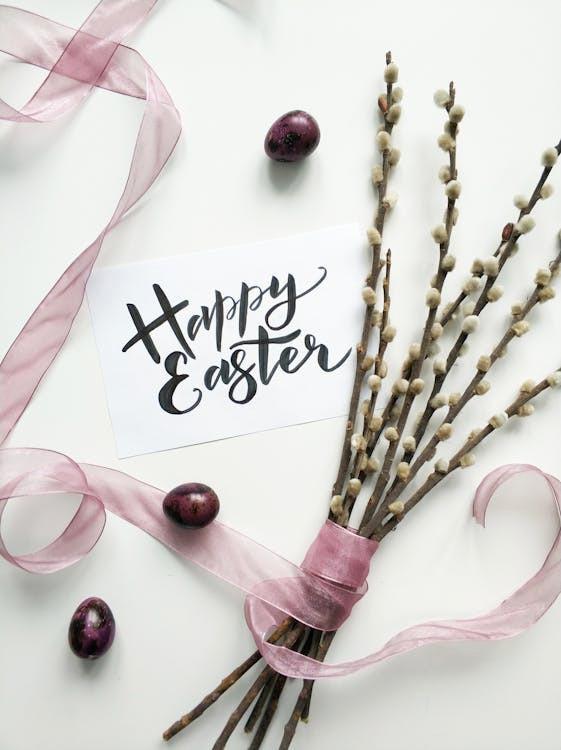The Origin Of The Term "Easter"
The term seemingly derives from the Anglo-Saxon goddess of spring, Eostre, who was celebrated as she escaped Winter’s harsh clutches. But Eostre wasn’t quite the pagan deity who, we are commonly told, transformed a bird into an egg-laying hare companion, e.g. the forerunner to the Easter bunny.
In fact, the only actual surviving mention of Eostre comes from 8th-century monk the Venerable Bede, whose writings suggest the English people called the fourth month Eosturmonath or Eostre-Month (marking the spring equinox) after the goddess, and feasts were celebrated in her honour.
83
1.19K reads
CURATED FROM
IDEAS CURATED BY
The idea is part of this collection:
Learn more about religionandspirituality with this collection
Different Easter traditions around the world
The significance of Easter eggs and bunnies in modern culture
The importance of the holiday in the Christian faith
Related collections
Read & Learn
20x Faster
without
deepstash
with
deepstash
with
deepstash
Personalized microlearning
—
100+ Learning Journeys
—
Access to 200,000+ ideas
—
Access to the mobile app
—
Unlimited idea saving
—
—
Unlimited history
—
—
Unlimited listening to ideas
—
—
Downloading & offline access
—
—
Supercharge your mind with one idea per day
Enter your email and spend 1 minute every day to learn something new.
I agree to receive email updates
